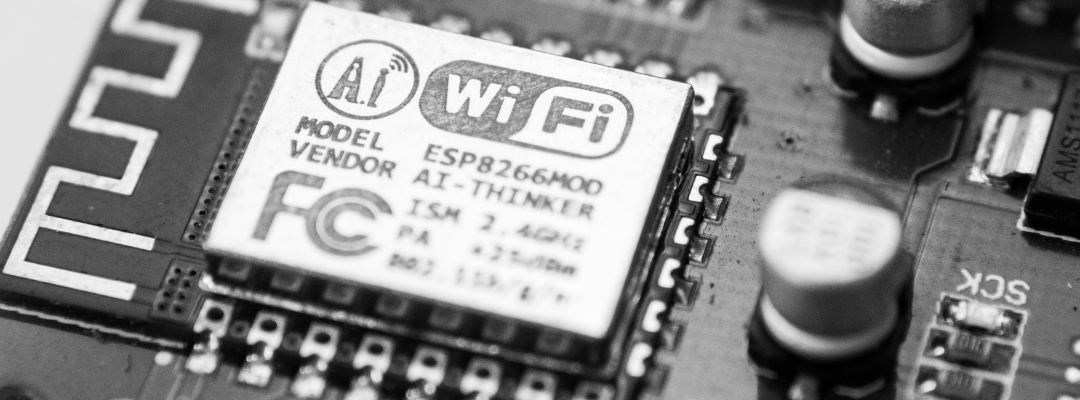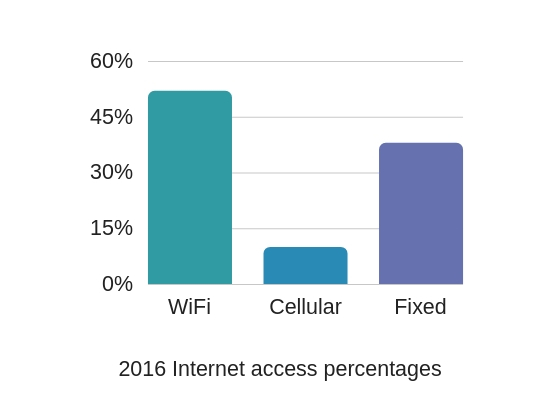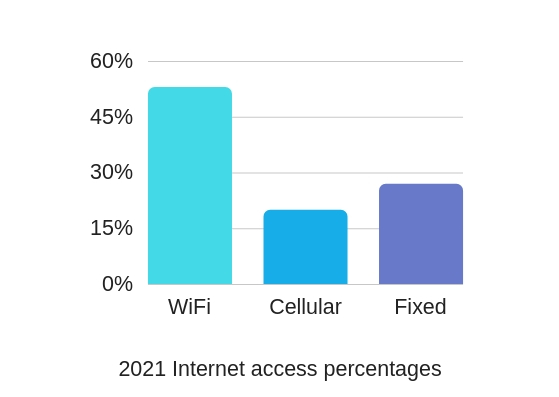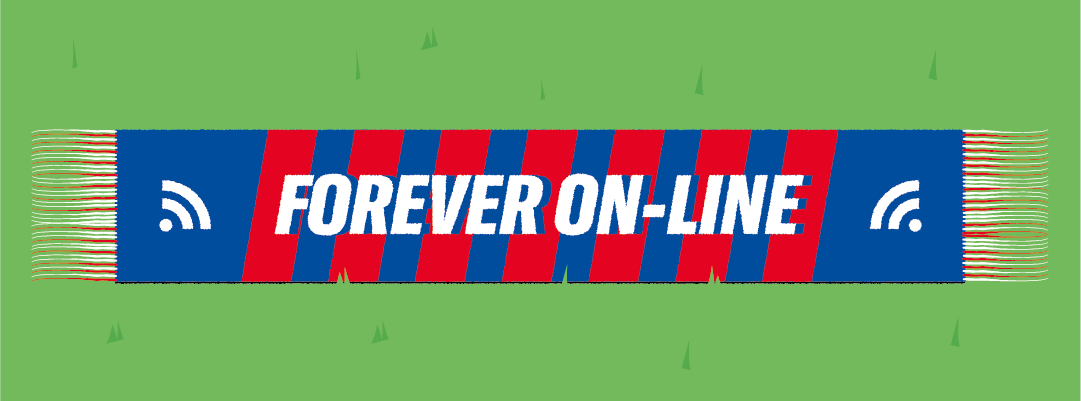CES is one of the biggest meetings for businesses of consumer technologies to present their new products and speak about the main innovations. The CES 2018 took place in Las Vegas on the 9-12th January. More than 4K companies came to exhibit their products and share their thoughts about their industry.
So, what’s new? What are the main innovations with in the wireless industry for 2018?
We made a list of notable products presented during the CES 2018. This list is not exhaustive.
During the CES 2018, Wi-Fi Alliance announced the new wireless security protocol, WPA3. For more information, read this article.
Intel announced the new IEEE standard for Wi-Fi, the 802.11ax chipsets. This new standard is designed to be faster and smoother while streaming online content, online gaming, video calls, etc.
The D-Link AC2600 WI-FI router, in collaboration with McAfee, is the all-in-one solution for consumers who are looking for a powerful router together with strong security. The D-Link AC2600 is a dual-band 802.11ac, also known as WiFi 5, standard router with MU-MIMO technology to enhance networks capacity and efficiency. The McAfee Secure Home Platform is already integrated to guarantee the automatic protection of all devices connected to the network.
The executive vice-president of McAfee, John Giamatteo, said that “[their] partnership with D-Link helps consumers benefit from both increased connectivity and peace of mind knowing that their connected devices are protected”.
With the Blue Cave, Asus is renewing the Wi-Fi router design! The particularity of this router is its big blue hole in the middle.
This router is a dual-band 802.11ac and has a data speeds up to 2600 Mbps.
The device is integrated with a TrendMicro’s Smart Home Network lifetime licence, to ensure all devices connected to the network are under protection. This router promises fast connectivity to stream 4K video, and the ability to support more simultaneous users than other routers on the market. Asus did not communicate the official price of this new Wi-Fi router, but the expected price is around $180.
Asus clearly made his mark with its crazy designed Wi-Fi routers, check pictures here!
“More Wi-Fi in more places”, this is the objective of NetGear with its Orbi new system RBK23W that covers homes up to 5.000 square feet with up to 2.2 Gbps. The package includes an Orbi Wi-Fi router and two wall plug satellites to replace the basic router and its extenders. The innovation resides in its tri-band Wi-Fi and aims to maximise the internet speeds for home networks.









